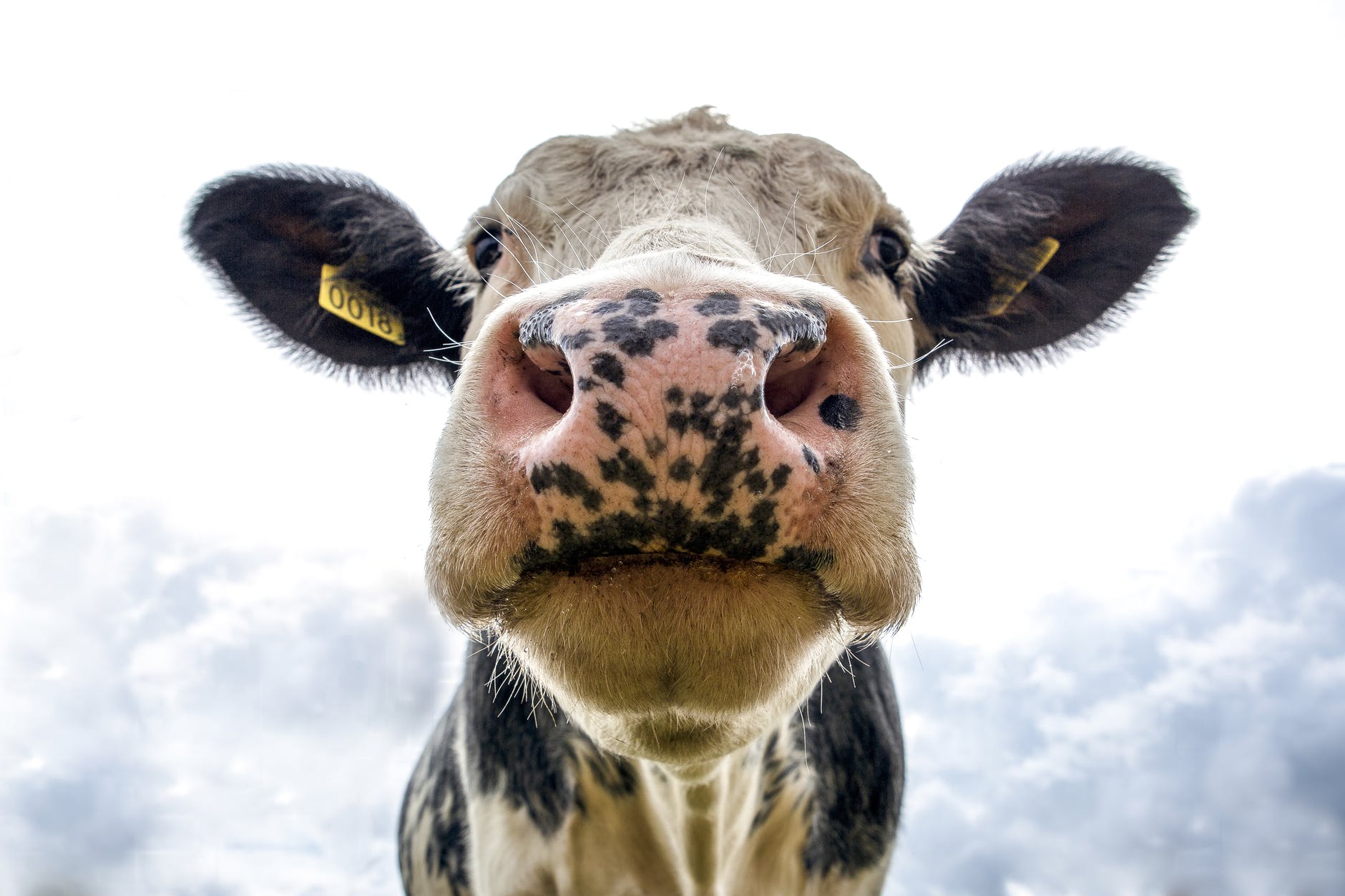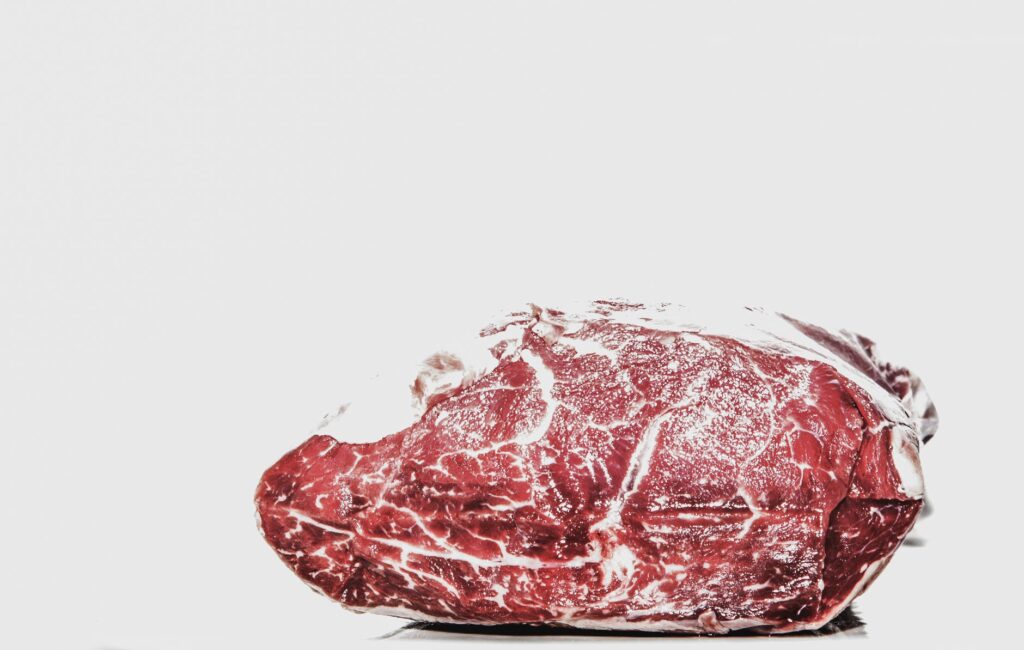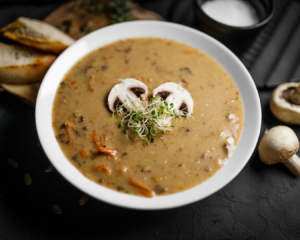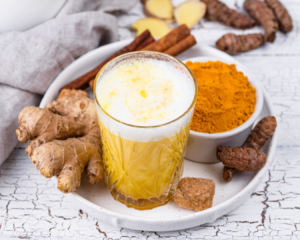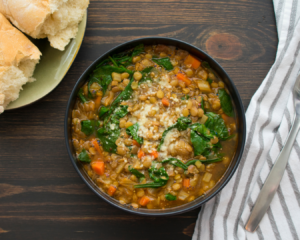Why Eat Beef?
Beef provides you with protein, iron, zinc, B Vitamins – especially Vitamin B12 – iodine, essential omega-3 fatty acids, phosphorus, carnitine, coenzyme-Q-10, and calcium. Red meat protects the heart and nervous system.
Plants don’t provide certain nutrients that animals do, so it’s harder for vegans and vegetarians to maintain sufficient protein intake. Their diet can also be low in fat with the risk of vitamin B12, iron, calcium, and zinc deficiencies. Vegans and vegetarians need a greater reliance on supplements to achieve essential nutritional requirements.
You may enjoy eating beef, not only because it tastes good, but because it plays a part in your cultural food experience and is therefore part of your identity: hot dogs at a baseball game, a Hot Pastrami sandwich, a beef Shawarma, a pepperoni pizza, a Philly Cheesesteak – you get the idea.
Grass-fed Beef is Much Healthier than Grain-fed
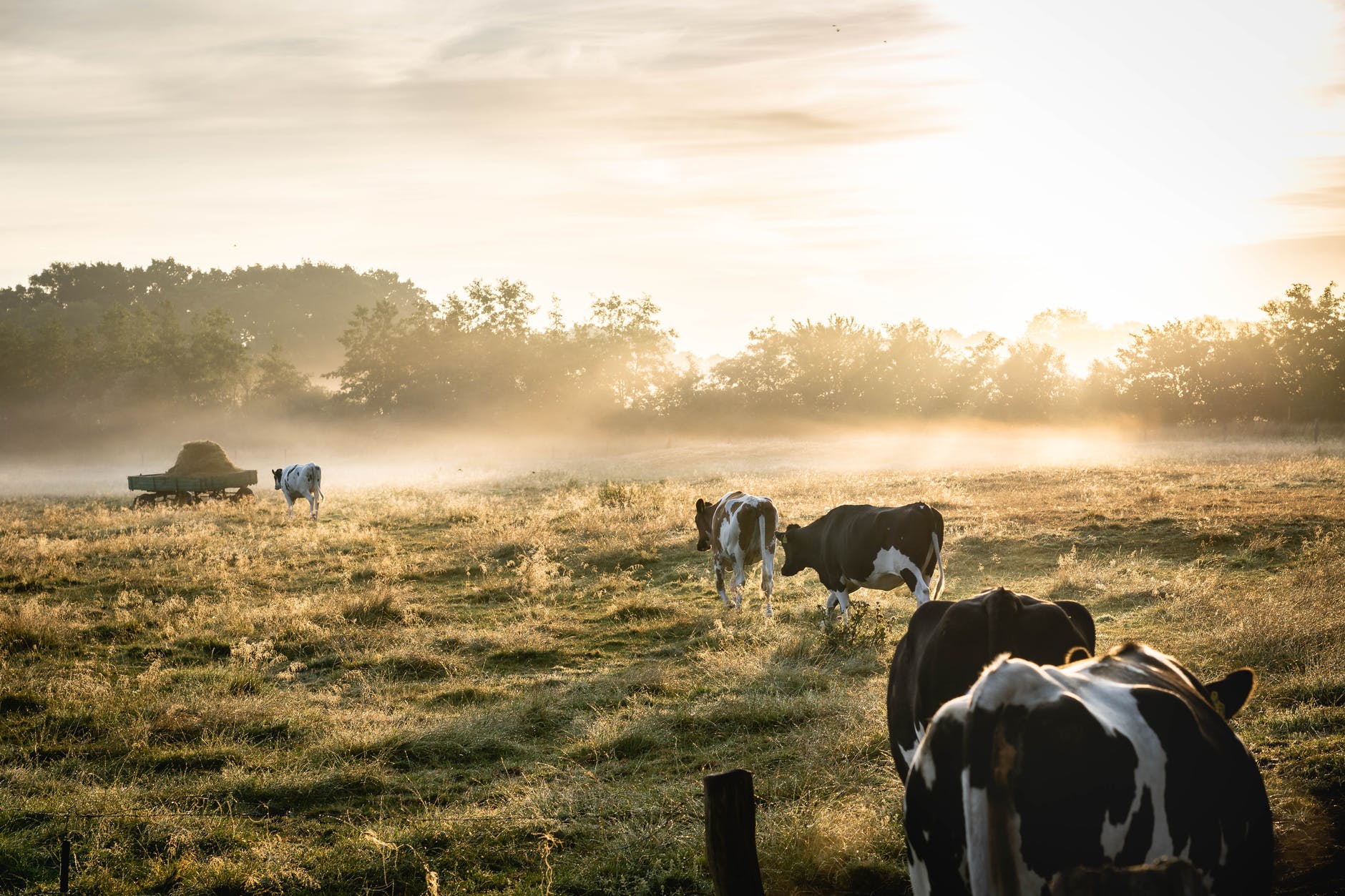
Grain-fed cattle start out eating grass but in a short while they are herded into huge feedlots where they are fed GMO corn and GMO soy until they are brought to market. According to the Weston A. Price Foundation, a non-profit dedicated to restoring nutrient-sense foods to the American diet, these cattle also eat bakery waste, rejects from candy factories, and waste from government-subsidized and protected ethanol plants.
In addition, grain-fed cattle are given growth hormones, appetite-stimulating chemicals, and sub-therapeutic antibiotics. These materials go into your body with your grain-fed steak.
In contrast, grass-fed cattle are raised outside on pastureland, eating nutrient-rich grasses, soaking up the sunshine, where they are enriching the soil with their manure.
Some Environmentalists are Against Eating Beef Meat Because Cattle Emit Greenhouse Gases
Yes, cattle – through mainly belching, but also, flatulence – release methane that does pollute the environment. But what these environmentalists don’t know is that the methane from grass-fed cows doesn’t harm the environment because it goes into the ground through a process called carbon sequestration.
In this process, grass-fed cattle are rotated across pasture lands. This encourages new grass growth, as the cows’ trampling works the manure and other organic matter into the soil, creating a rich humus. The plant roots also help maintain soil health by retaining water and microbes.
Healthy soil sequesters or traps carbon dioxide in the soil, keeping it from rising into the atmosphere.
As cattleman Ridge Shinn, from his farm in Hardwick, Mass. said in TIME magazine (Lisa Abend, Jan. 25, 2010), “Conventional cattle raising is like mining. It’s unsustainable because you’re just taking without putting anything back. But when you rotate cattle on grass (Over the course of a year, his 100 cattle will rotate across 175 acres four or five time) you change the equation. You put back more than you take out.” By preventing overgrazing you are maintaining the integrity of the grasslands so it can continue to provide nourishment and not be destroyed by the cattle.
What is the True Cost of Grain-Fed Beef Versus Grass-Fed?
Grain-fed meat is cheaper because corporations processing cattle benefit from economy of scale. Take labor, for example. On a grass-based farm, a herd of 700 cows requires the care of three cowboys. On a corporate feedlot, three employees can handle 50,000 head of cattle.
But the hidden costs of cheap food from massive producers includes the huge annual erosion and loss of topsoil from the production of grain; the pollution of the air, water, and soil; and the loss of farm families, farm communities, and small towns throughout the country.
To budget for clean beef, it is best to consume a wide variety of meats – lamb, chicken, pork, wild fish, bison, etc. Organ meats are inexpensive and even more nutrient rich than muscle meats. Eating ground meats is another way to fit eating clean meat into your daily diet. Meaty bones are also good for making stock and broth.
Remember, ideal portions are less than one realizes; gauge your portion of meat from comparing it to the size of your palm.
